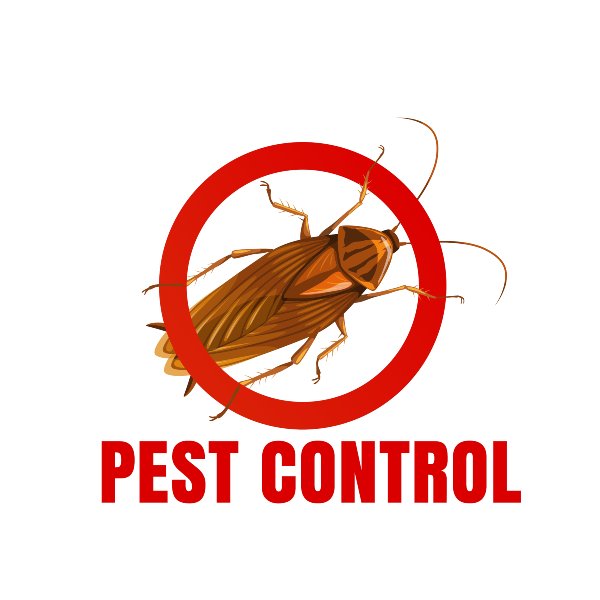A1 Bed Bug Exterminator Charlotte - Specialized Bed Bug Elimination
A1 Bed Bug Exterminator Charlotte - Specialized Bed Bug Elimination
Blog Article
Bed Bug Therapy Breakdown: Comparing Chemical Vs. Non-Chemical Solutions
In the realm of bug control, especially when managing the relentless problem of bed bugs, the option between chemical and non-chemical treatment services can be a crucial one. Both techniques supply unique benefits and drawbacks, affecting variables such as effectiveness, safety and security factors to consider, and overall expense. By analyzing the nuanced information of each method, a clearer understanding of which path to pursue in dealing with a bed bug infestation can be attained.
Effectiveness of Chemical Therapies
Chemical therapies for bed pest infestations have been widely recognized for their potent and quick efficiency in eliminating these bugs. When thinking about the efficiency of chemical therapies, it is vital to understand that they can offer a thorough and quick remedy to a bed insect issue. Professional pest control specialists often depend on insecticides to target bed insects at various phases of their life process, including fairies, eggs, and adults. These chemicals commonly function by disrupting the bed insects' nerve system, bring about paralysis and eventual death.
Furthermore, chemical therapies have the benefit of providing residual effects, implying that they can continue to get rid of bed pests also after the first application. This residual activity is particularly advantageous in combating any kind of prospective re-infestations. Furthermore, the quick action of chemical therapies can bring alleviation to people dealing with severe bed bug invasions, permitting them to gain back control of their space swiftly.
Security Interest In Chemical Solutions
One critical facet that requires careful consideration when using chemical services for bed bug treatment is ensuring the security of residents and the environment. Direct exposure to certain chemicals used in bed bug therapies can lead to respiratory system concerns, skin irritability, or other adverse responses, specifically in people with pre-existing problems or level of sensitivities.
In addition, the environmental influence of chemical remedies is another substantial factor to consider. Some pesticides used in bed bug therapies might be damaging to helpful pests, wild animals, and communities if they leach into the soil or water supply. It is vital to make use of chemical therapies sensibly, complying with safety and security standards, and taking into consideration much less hazardous options to reduce these risks and make sure the reliable and secure administration of bed insect invasions.
Advantages of Non-Chemical Approaches
Considering the possible safety and security problems and ecological impact associated with chemical remedies for bed bug treatment, exploring non-chemical approaches provides an appealing choice with several distinct benefits. Non-chemical treatments are ecologically friendly, as they do not add look these up to air or water contamination, making them a sustainable option for bug control.
In addition, non-chemical solutions can be efficient in targeting bed insects, including hard-to-reach locations where chemical treatments might not penetrate. Techniques such as warmth therapy, vacuuming, heavy steam cleaning, and mattress coverings offer thorough elimination without using hazardous chemicals. In addition, non-chemical methods can be much less turbulent, needing marginal prep work and allowing for quicker reentry right into dealt with locations. On the whole, going with non-chemical bed bug treatment methods not only focuses on security and environmental management however additionally makes sure reliable and detailed parasite control.
Limitations of Non-Chemical Treatments

In addition, non-chemical treatments usually need several applications to achieve effective eradication. This can be lengthy and might not constantly assure total this hyperlink removal of all bed bugs and their eggs, especially in hard-to-reach or surprise places.
Furthermore, the success of non-chemical treatments heavily counts on proper implementation and thoroughness, which can be testing for individuals without specialist experience. Poor application of non-chemical techniques might result in incomplete obliteration, bring about persistent infestations and the requirement for additional treatments.
Consequently, while non-chemical treatments have their benefits, it is crucial to acknowledge these constraints and consider them when identifying the most efficient strategy for taking care of bed bug invasions.
Cost Contrast: Chemical Vs. Non-Chemical Options
Provided the limitations connected with non-chemical therapies, an essential facet to examine in the context of bed insect monitoring is the price comparison in between chemical and non-chemical options. In contrast, non-chemical therapies like warmth treatment or steam can be more expensive, with costs ranging from $1,000 to $6,000 for a whole home. While the first expense of chemical therapies may appear reduced, numerous therapies may be called for to completely eradicate the problem, possibly increasing the overall price.
Conclusion

Considering the potential security worries and environmental impact linked with chemical options for bed insect treatment, exploring non-chemical approaches offers an appealing option with numerous distinctive benefits.Provided the constraints connected with non-chemical treatments, a vital facet to assess in the context of bed bug management is the expense comparison in between chemical and non-chemical alternatives. In contrast, non-chemical treatments like warm treatment or heavy steam can be more costly, with prices ranging from $1,000 to $6,000 for a whole home. While the preliminary cost of chemical therapies might seem lower, numerous therapies may be called for to completely eradicate the invasion, possibly boosting the general cost.In conclusion, when contrasting chemical and non-chemical bed bug therapy alternatives, it is essential to consider performance, safety and security, advantages, constraints, and cost.
Report this page